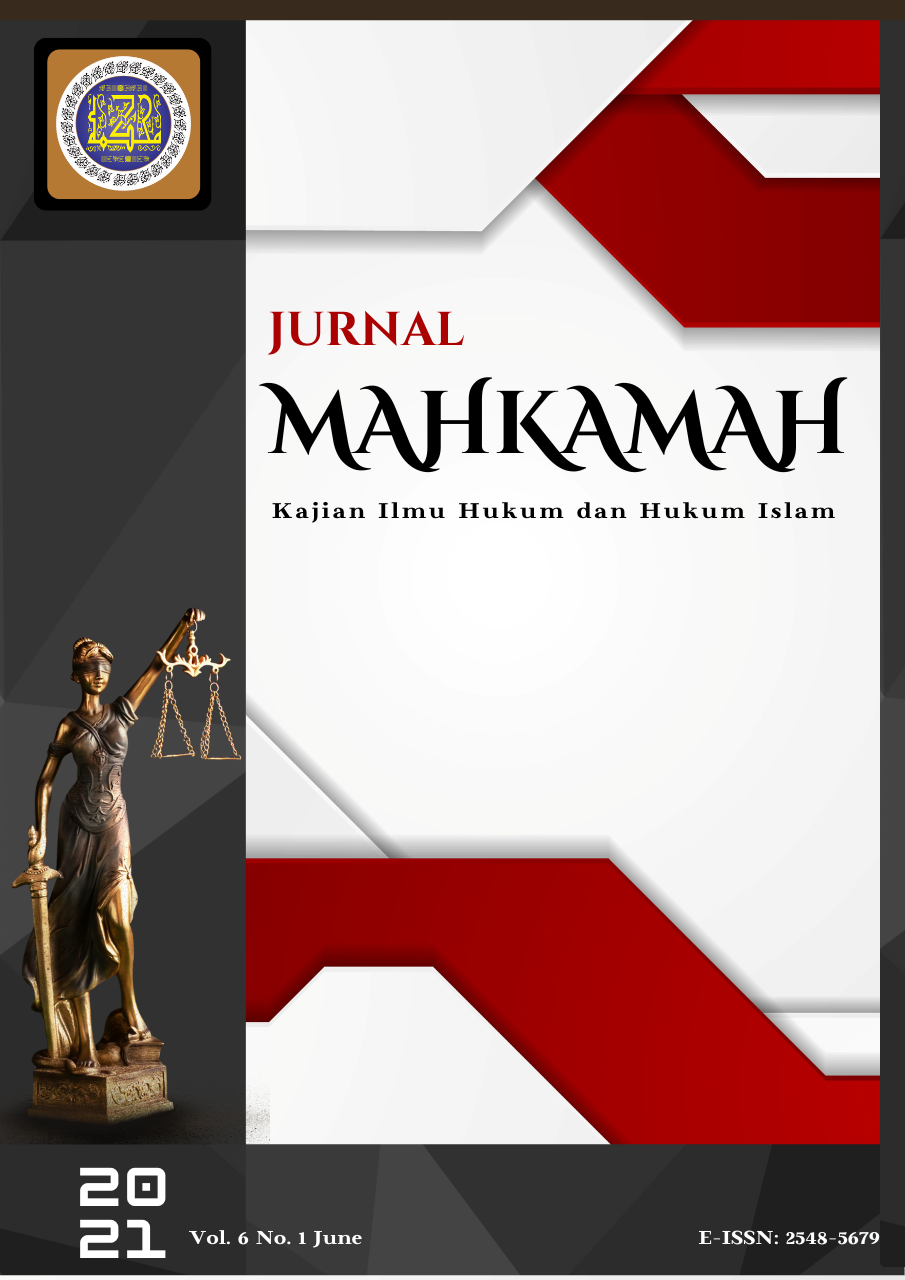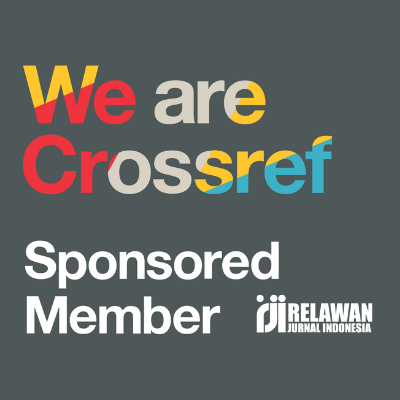Inheritance Portion of The Heir of Women is More Than Men in Islamic Legal Perspective
DOI:
https://doi.org/10.25217/jm.v6i1.1426Keywords:
Heir, Inheritance, Islamic Law, Sungai Enau VillageAbstract
The distribution of inheritance in Islam recognizes the principle of ijbari, namely the transfer of inherited property to its heirs, which has been determined in Islamic law covering aspects of heirs, legacy, part of inheritance, and heirs. Regarding the division of legacy between male and female heirs, there is a principle of li al-dzakari mitsl al-hadz al-untsaian (the male part is like two female parts). Unfortunately, the provision is not applied in the distribution of inheritance in Enau River Village, which gives the portion of inheritance to girls more than 2:1 than boys. This paper aims to describe the practice of heritage sharing in Sungai Enau Village because of and alternative distribution of legacy its heritage following Islamic law. The results of this paper found that some Muslim communities in Sungai Enau village are majority Muslim (65%) their inheritance by a method of internal family deliberation with the consent of all heirs. The result of this deliberation is that the heir son gets a share of the inheritance more than twice as much as the heir son. The main reason for giving a portion of the inheritance to girls is more than twice as much as boys are that girls care more, help more, and take care of their parents (especially heirs) than boys. Although the provision is not following the opinion of the majority of jurists of scholars who give inheritance to the heir’s men are twice as much as women (2:1), and that is following the principle of li al-dzakari mitsl al-hadz al-untsaian. Still, the division meets the heir’s sense of justice for the heirs and is supported by local religious leaders’ opinions. This paper analyzes the case and provides an alternative to the distribution of inheritance following the jurists’ views.
Downloads
Published
How to Cite
Issue
Section
License
This work is licensed under a Creative Commons Attribution-ShareAlike 4.0 International License.
Authors retain copyright and grant the Jurnal Mahkamah : Kajian Ilmu Hukum Dan Hukum Islam right of first publication with the work simultaneously licensed under a Creative Commons Attribution License (CC BY-SA 4.0) that allows others to share (copy and redistribute the material in any medium or format) and adapt (remix, transform, and build upon the material) the work for any purpose, even commercially with an acknowledgment of the work's authorship and initial publication in Jurnal Mahkamah : Kajian Ilmu Hukum Dan Hukum Islam.
Authors are able to enter into separate, additional contractual arrangements for the non-exclusive distribution of the journal's published version of the work (e.g., post it to an institutional repository or publish it in a book), with an acknowledgment of its initial publication in Jurnal Mahkamah : Kajian Ilmu Hukum Dan Hukum Islam.
Authors are permitted and encouraged to post their work online (e.g., in institutional repositories or on their website) prior to and during the submission process, as it can lead to productive exchanges, as well as earlier and greater citation of published work (See The Effect of Open Access).








